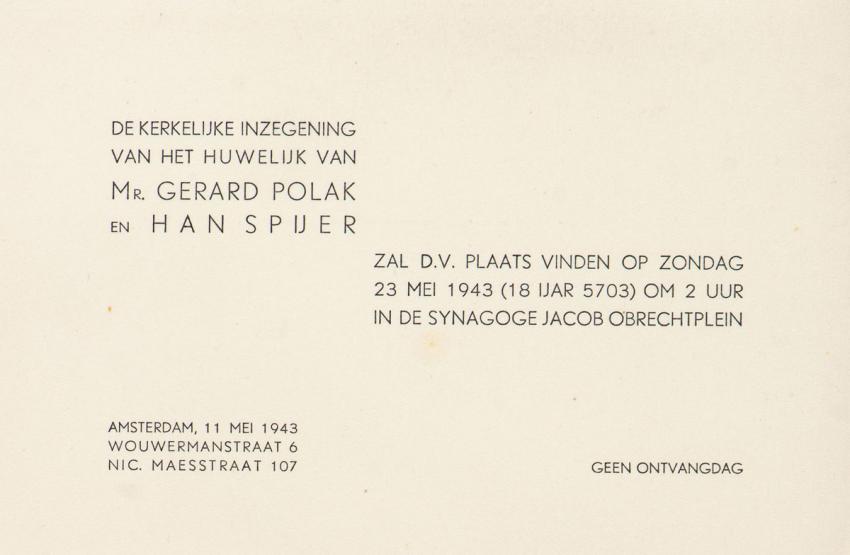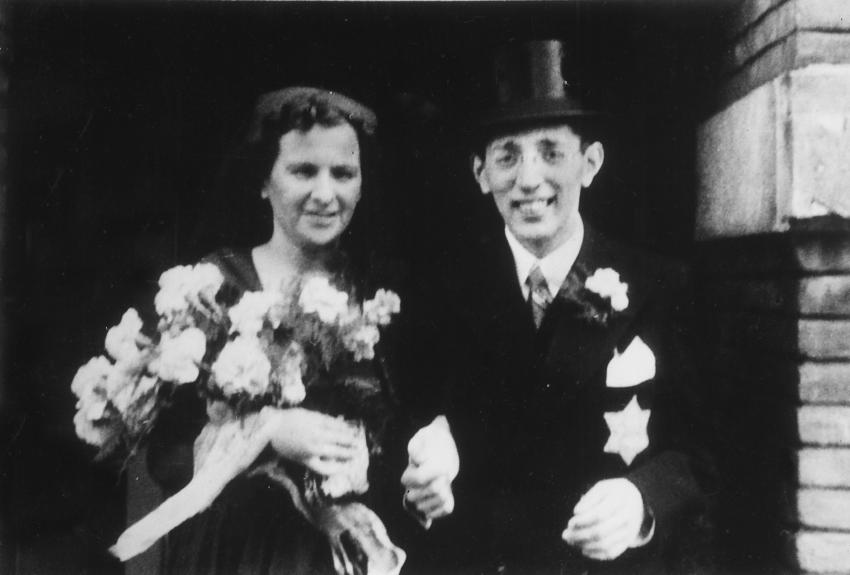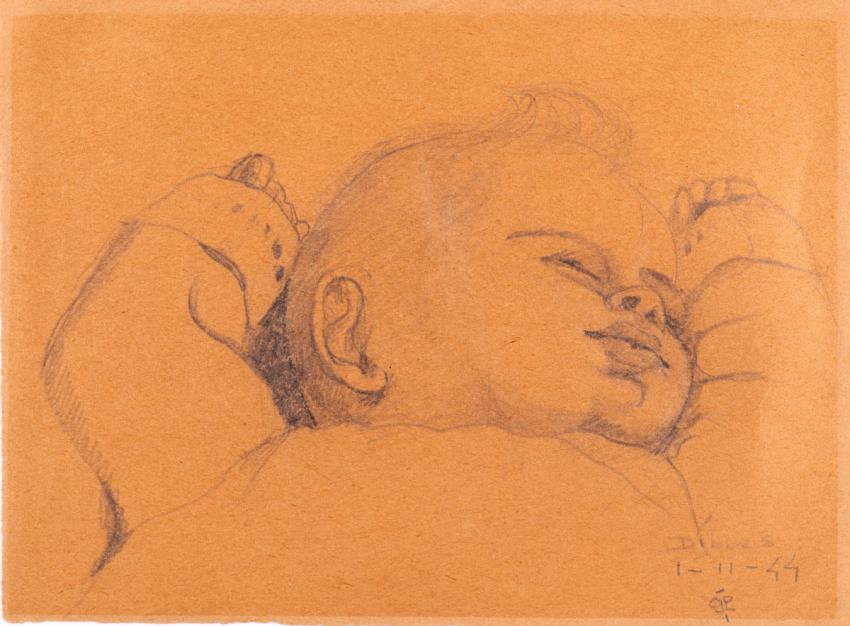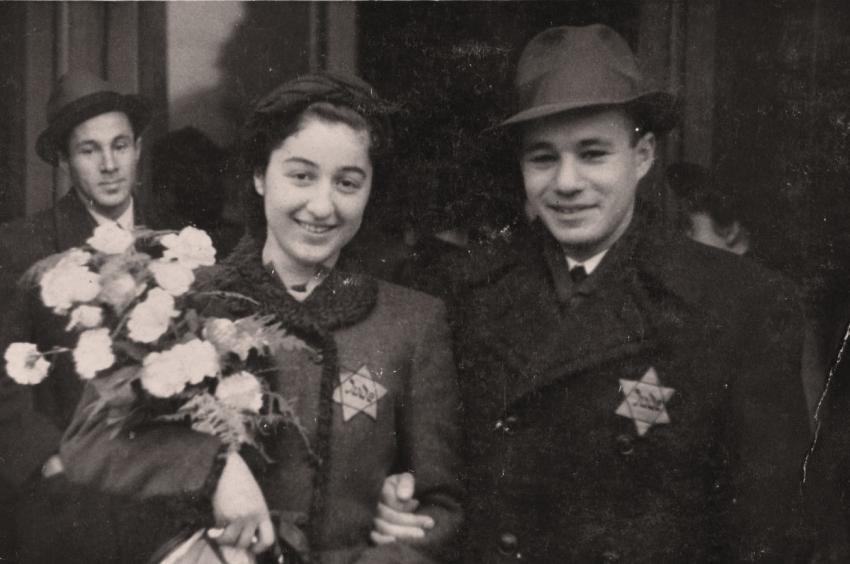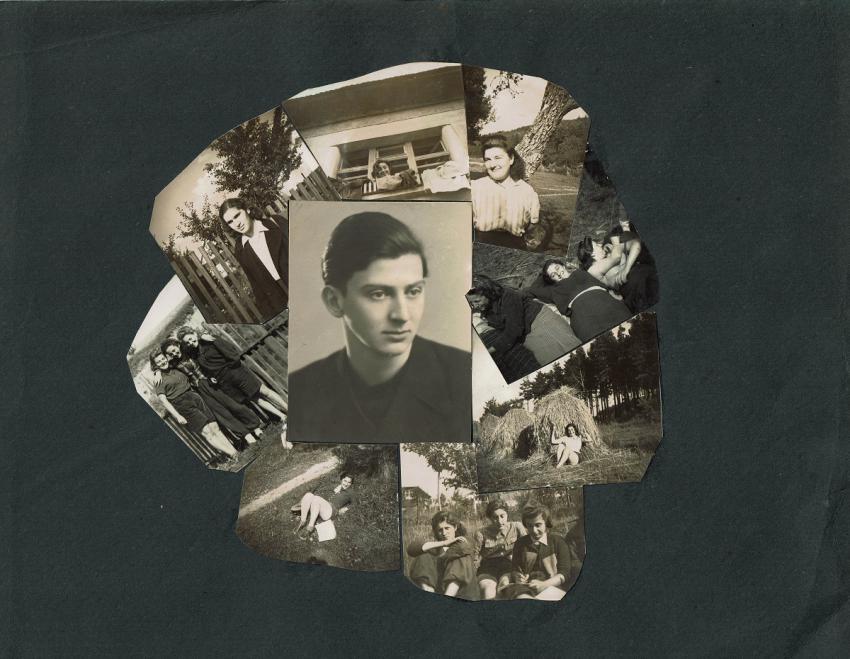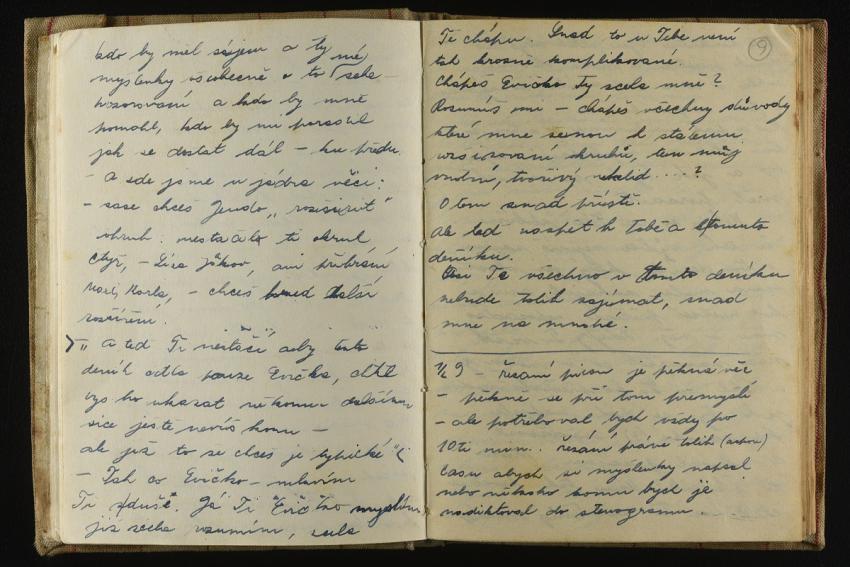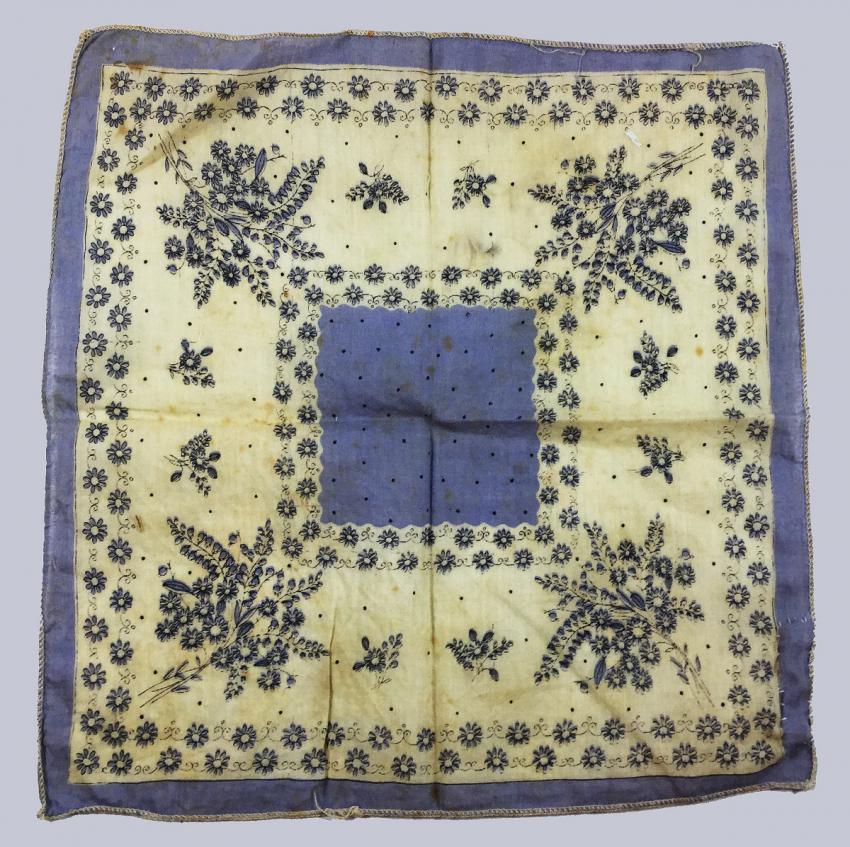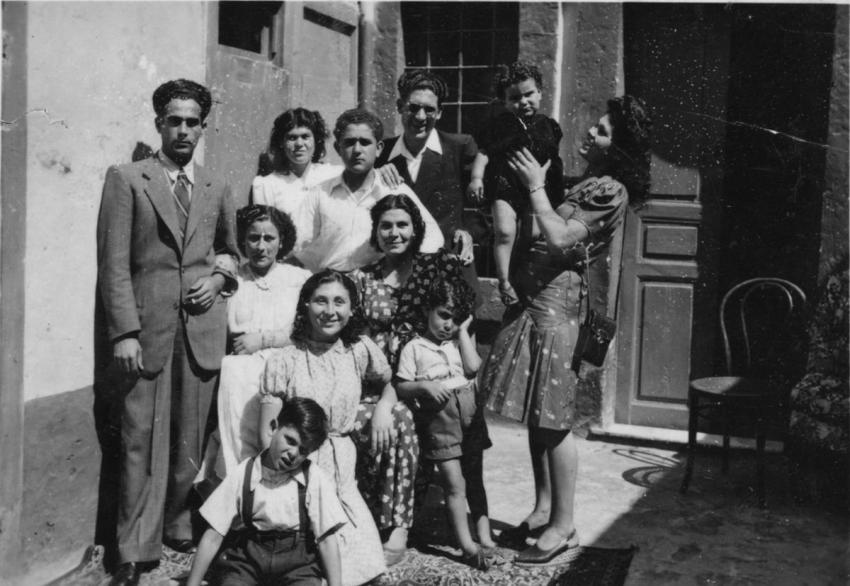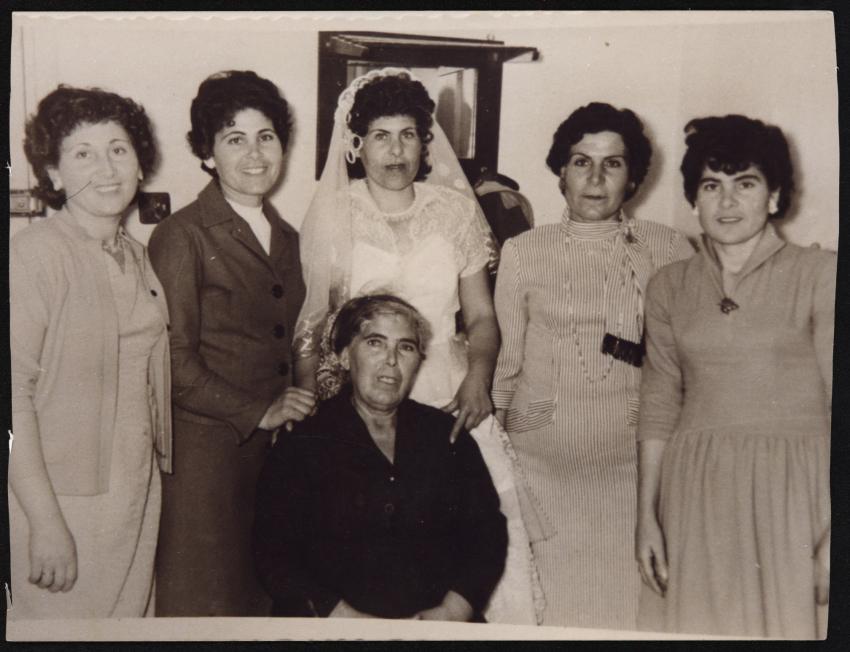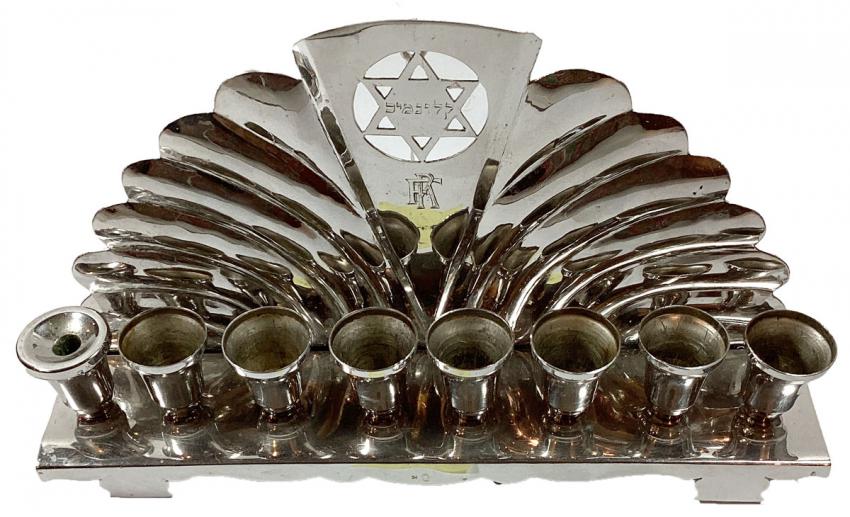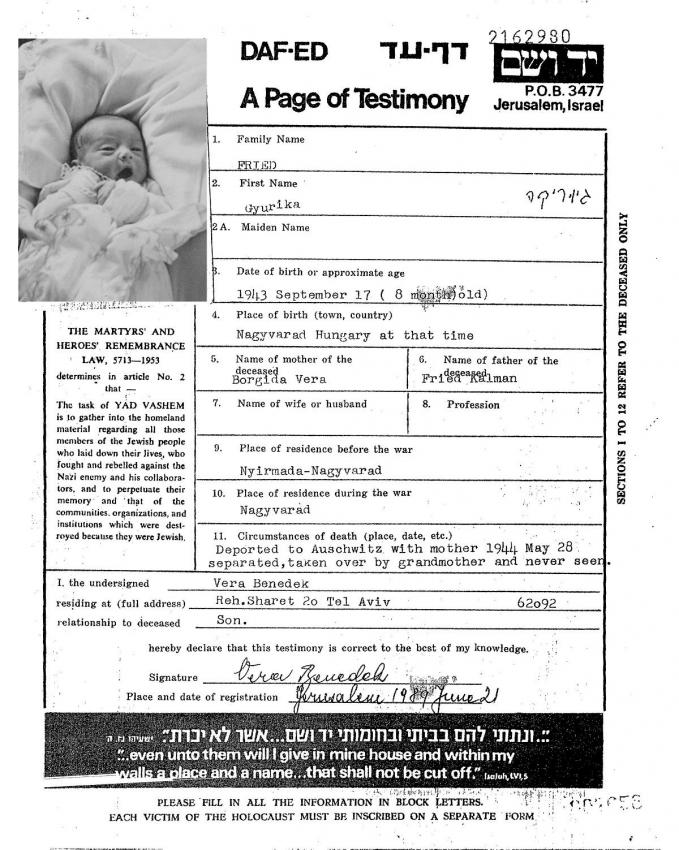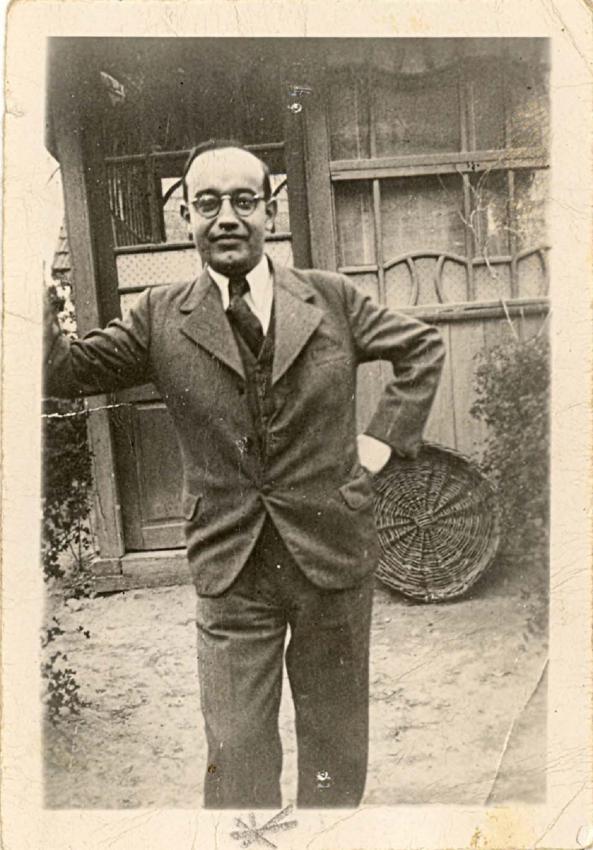Weddings Under Restrictive Law
As early as the first days of the occupation of Poland, even before confinement in ghettos, many couples got married with the purpose of fleeing eastward together. They often experienced difficulty finding a rabbi who would officiate. Sometimes wedding ceremonies had to be interrupted due to approaching Germans, to be resumed only several days later.
In other occupied areas, faced with suffering, anti-Jewish legislation and the confiscation of Jewish property, many couples deliberately chose to get married in order to have a partner with whom to share the difficult times. In addition, it was widely believed that married couples would not be sent to labor camps, or would receive preferential treatment. This was an erroneous assumption, as married couples were also sent to ghettos and camps.
Gerard and Johanna Polak
Gerard Polak and Johanna Spijer lived in the Netherlands and met through Johanna's brother, Willy. A lawyer by profession, Gerard started working for the committee that assisted Jewish refugees from Germany after the November Pogrom ("Kristallnacht") in 1938. Following the occupation of the Netherlands in May 1940, Gerard was banned from working in his profession. as per anti-Jewish policies implemented by the Nazis. He signed up for a drawing and painting class that was designated for Jews only. Johanna had a job assisting women before and after giving birth.
Gerard and Johanna got married in a civil ceremony in 1942. The following year, on 23 May 1943, Lag Ba'omer, they had a Jewish wedding in a synagogue in Amsterdam, in the presence of a just a few family members. A small choir sang as they approached the Chuppah (wedding canopy). Their wedding was one of the last to take place in an Amsterdam synagogue during the war.
The Germans confiscated their apartment and they went into hiding in the cellar of their neighbors' inn, where Gerard's mother was already being hidden in return for payment.
In April 1944, the resistance helped to transfer Johanna to a hiding place with a family of farmers outside Amsterdam. At this point she was seven months' pregnant. After she gave birth to a daughter, Elsje Joke, in a clinic in Rotterdam, Johanna had herself and the baby registered at the Ministry of the Interior under assumed identities, and found lodging for them in Amsterdam.
Gerard was reunited with his wife three months later, and met his daughter for the first time. He moved in with them, as did his mother. In April 1945, after being bribed and threatened with betrayal, the family was forced to leave the apartment in a hurry. The resistance found them another apartment, where they remained until the liberation of the Netherlands. They moved back home after the war.
Gerard and Johanna had four more children, and immigrated to Israel in 1970.
Eva and Jenda Kaufmann
Eva Hahn and Jenda Kaufmann were born in Prague. They were both members of the "Blue and White" Zionist youth movement, and took part in the Hechalutz movement's agricultural Hachsharah (pioneer training) on a government farm close to Rakovnik, where they lived for a year. They got married in 1941. Eva wore an elegant black suit and held a bouquet of flowers. The bride, groom and guests all wore Yellow Stars on their clothes.
One year later, Eva's family was incarcerated in the Terezin ghetto. The couple sent them parcels with food provisions that Eva bought on the black market. Eva and Jenda were sent to Terezin in the summer of 1943. Known as active members of the Zionist movement, once in Terezin they both became involved in communal activities, and Eva worked in children's education there.
As Terezin had separate living quarters for men and women, the Kaufmanns lived apart, but were able to meet from time to time. During their confinement, the couple used a diary as a means of communication, sharing their thoughts, yearnings and notifications regarding friends who had been deported.
Eva's family was deported from Terezin to Auschwitz, and in 1944, Jenda was deported to the extermination camp too. Left alone in Terezin, Eva worked sewing uniforms for the German Army. She was liberated in May 1945, and returned to Prague to search for her family. She discovered that her sister had survived, but that her parents had been murdered. Later on she found out that Jenda had succumbed to disease and exhaustion in a camp near Dachau in January 1945. Throughout the years after liberation, Eva kept a gold ring engraved with Jenda's name.
After the war, Eva met David, a Holocaust survivor and Aliyah activist who worked in the Bricha and was the movement's secretary in Prague. They got married in a civil ceremony in the town hall in Bratislava in 1946. A year later they immigrated to Eretz Israel (Mandatory Palestine) and settled in Kibbutz Ha'ogen, where they had three children.
Julia and Raphael Ganah
On the day that the war broke out in Libya, the Naim family from Benghazi celebrated their 20-year-old daughter Julia's "Yom Hasuf". Custom dictates that on this day, the family ceremonially washes wool in order to make mattresses for the bride and groom. It is a joyful occasion, attended by friends and family who mark the date with dinner, singing and dancing. The war broke out that very night, after the festivities were over.
The Ganahs – parents and ten children – took refuge from the bombardments in a municipal shelter. From there, they moved to the town of Barce where Julia's fiancé Raphael found them a place to live. They eventually returned to Benghazi, where Julia and Raphael got married.
Julia's father, Vittorio, was a textile merchant who owned a large store in the covered market in Benghazi. As the wedding approached, Vittorio and his wife Aliza provided Julia with a dowry consisting of clothing and textiles, including a delicate purple headscarf. In January 1942, Julia and Raphael's firstborn son, Yehuda, was born.
The Giado concentration camp was established in Libya in February 1942. 2,600 of Cyrenaica's Jews were deported there including the Naim family, who had arrived there after a long journey. Julia and Raphael were also deported there with their 2-month-old son, and lived in a room next to the rest of the family, separated from the others by a curtain. The harsh camp conditions - water shortages, insufficient nutrition, overcrowding and filth - claimed many lives.
Shortly before the camp was liberated by the British in 1943, Vitorrio contracted typhus as a result of the unsanitary living conditions. He was admitted to the camp hospital, where he died. After liberation, the family returned to Benghazi, but found no trace of their family home.
Julia and Raphael immigrated to Israel in 1949. They lived in Tel Aviv for most of their married life, and had six children.
Vera and Kalman Fried
In 1941, Zoltan Krause introduced his 25-year-old granddaughter Vera Borgida, from Oradea, to Kalman Fried. Fried, a Hungarian, was 15 years her senior and came from a wealthy family of industrialists. Vera and Kalman got married in October 1941, and on Hanukkah, Vera's parents, Bela (Dov Beer) and Iren gave Kalman a silver menorah as a gift. After the wedding, the couple travelled to Kalman's home in Nyírmada to tend to his business interests, which had been compromised by the anti-Jewish legislation.
When Vera was pregnant with their first son, Kalman was seized for forced labor and was sent to a labor camp near Nyírmada. Not wishing to be alone, Vera returned to her parents in Oradea, where their son Gyurika was born in September 1943. In May 1944 Vera, her baby and her parents were sent to the Oradea ghetto, where they lived in one room with four additional families under extremely cramped conditions. Three weeks later, on 28 May, they were deported to Auschwitz.
When they arrived at the camp, members of the "Kanada" commando whispered to Vera: "Young people should not be carrying babies." Instinctively, Vera gave her mother her baby son, whom she was carrying in a basket. He was eight months old. A German officer pushed Vera towards a small group, and she was sent to Birkenau. Her parents and son were murdered.
Vera found out that her husband Kalman was also in Auschwitz. Taking a huge risk, she sent him a handwritten note and tried to meet him at the bathhouse close to where she believed he was working, but they never saw each other. Kalman was transferred to Dachau, where he was murdered in April 1945.
After the war, Vera returned to Oradea. She married her cousin, Imre Benedek, who was also a Holocaust survivor. They immigrated to Canada, and moved to Israel in 1977.

